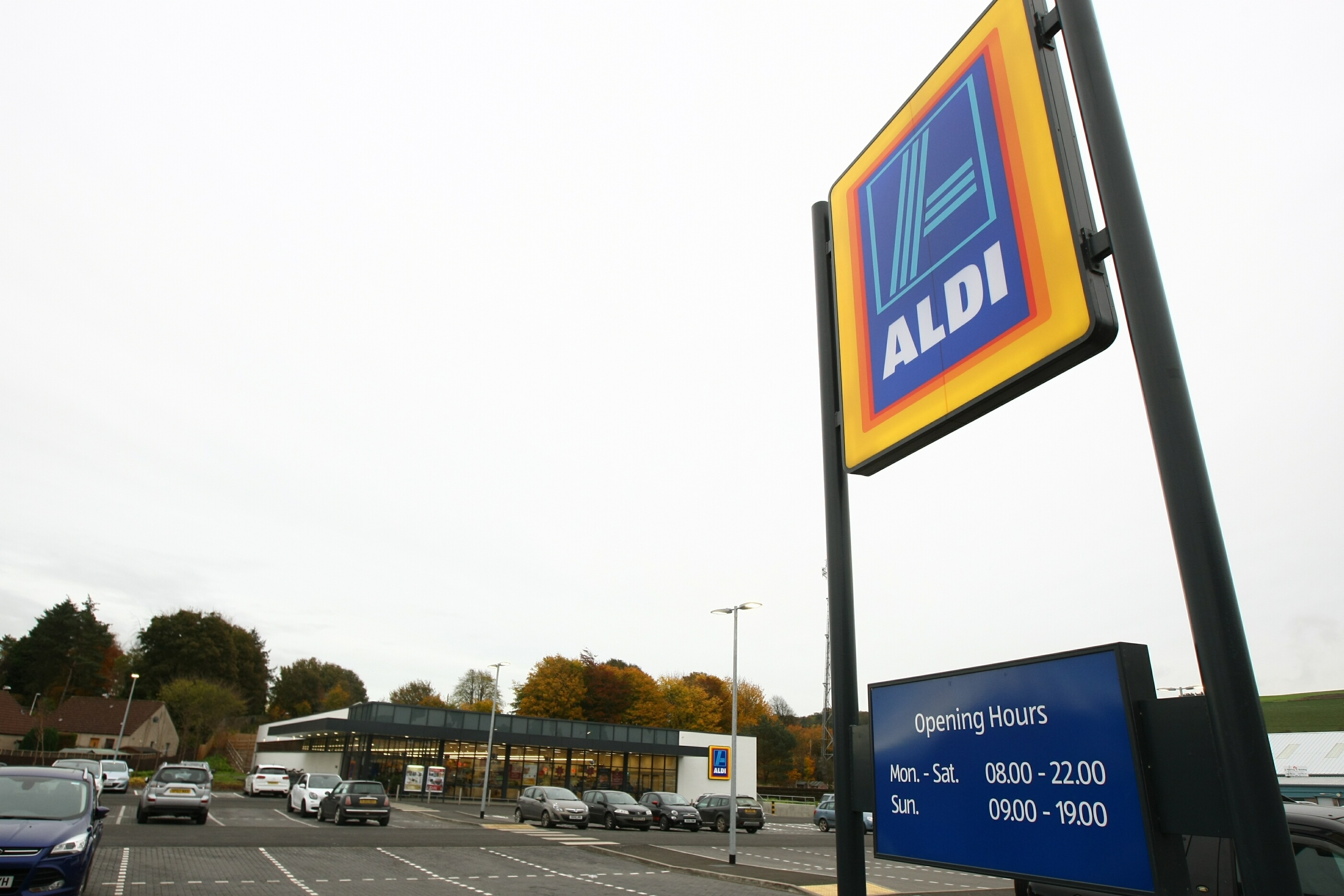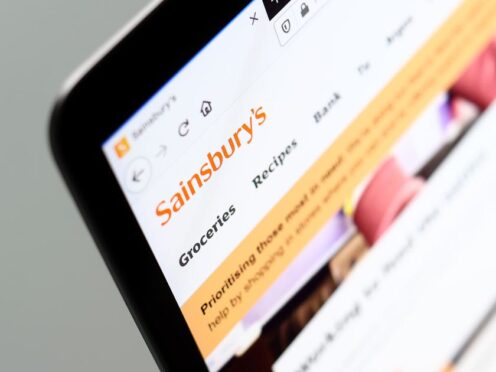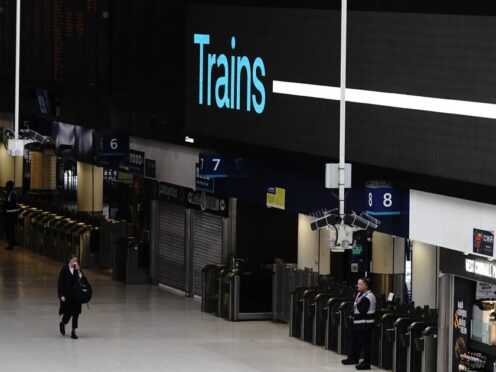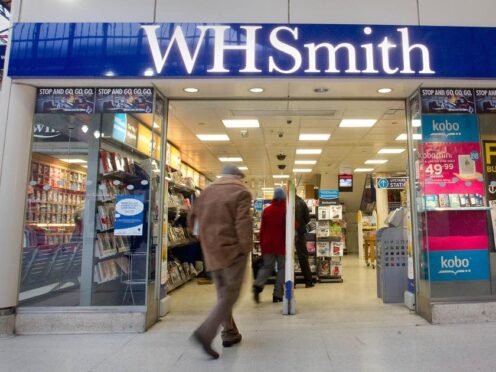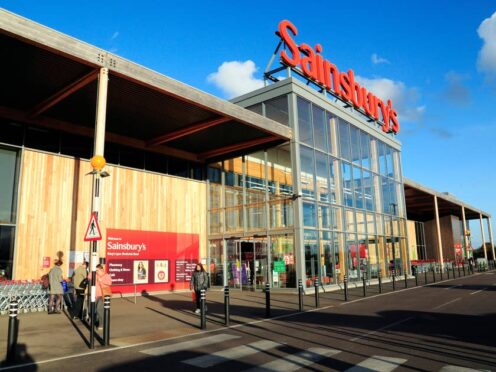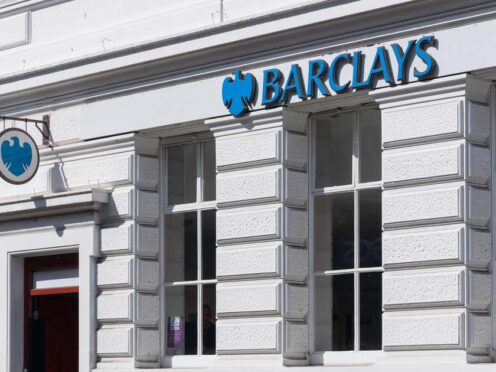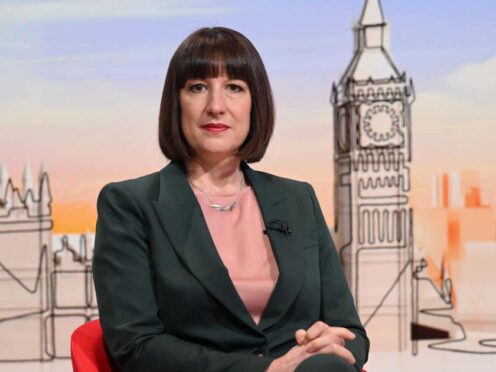Aldi has replaced the Co-op to become Britain’s fifth largest supermarket.
Figures from Kantar Worldpanel for the 12 weeks to January 29 show the German-owned retailer is increased sales by 12.4% year on year and its market share by 0.6% to 6.2%.
Co-op’s market share has been calculated at 6% although it is a rise from 5.9%.
Tesco is still the UK’s biggest supermarket with 28.1% of the market followed by Sainsbury’s withy 16.5%. Asda is next with 15.6% and Morrisons fourth with 10.9%
Just a decade ago Aldi was the UK’s tenth largest food retailer, accounting for less than 2% of the grocery market.
Since then it has grown rapidly, and an extensive programme of store openings, the past quarter has seen it attract 826,000 more shoppers than during the same period last year.
Despite being overtaken by Aldi, Co-op’s sales increase was well ahead of the market, continuing a run of growth stretching back to July 2015.
A significant own label sales increase of 7% was behind the strong performance, with healthier ranges successfully catering to consumers’ good intentions for the new year.
Not all shoppers were convinced by the health message. Overall sales of healthy own label lines increased by 3% but sales of beer increased by 4% and wine was up by 1%.
The market continues to grow faster than it did in 2016, with supermarket sales up 1.7% on last year: eight of the nine major retailers saw positive sales growth during the past 12 weeks.
Supply issues over the past few weeks have affected sales in fresh produce. Sales of courgettes and spinach were down signalling the effect of the poor weather in southern Europe on British shopping baskets.
Rising prices seen at Christmas for the first time since 2014 continued into the new year, with like-for-like inflation on a basket of everyday groceries climbing to 0.7%.
Kantar said that if prices continue to rise at the same rate for the rest of 2017, shoppers will find themselves around £27 worse off.
Morrisons was the fastest-growing retailer within the big four, increasing its market share for the first time since June 2015 with a sales uplift of 1.9% year on year.
Growth came from across the store, with premium own label sales up 35% and the revamped The Best range made its way into 14% of Morrisons baskets.
Growing for the fifth period in a row – albeit at a slower rate than previously – Tesco’s sales were up 0.3% year on year as its market share fell to 28.1%. Sainsbury’s sales remained flat, while its share fell by 0.3 percentage points to stand at 16.5%.
Meanwhile Asda’s 1.9% fall in sales signalled a decline which continues to slow. Although its share dropped by 0.6 percentage points over the quarter, the retailer did manage to increase the number of shoppers visiting its stores compared to the same period last year.
Elsewhere, Waitrose, Lidl and Iceland all continued to grow with market shares of 5.3%, 4.5% and 2.3% respectively.
